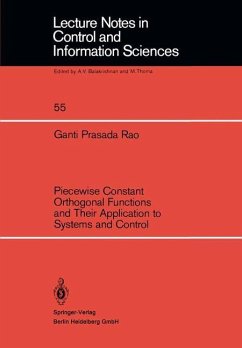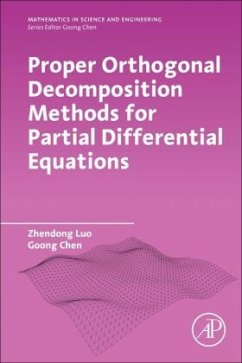
Orthogonal Functions
Versandkostenfrei!
Versandfertig in 6-10 Tagen
36,99 €
inkl. MwSt.

PAYBACK Punkte
18 °P sammeln!
High Quality Content by WIKIPEDIA articles! In mathematics, two functions f and g are called orthogonal if their inner product langle f,grangle is zero. Whether or not two particular functions are orthogonal depends on how their inner product has been defined. A typical definition of an inner product for functions is langle f,grangle = int f^ (x) g(x),dx , with appropriate integration boundaries. Here, the star is the complex conjugate. For an intuitive perspective on this inner product, suppose approximating vectors vec{f} and vec{g} are created whose entries are the values of the functions f...
High Quality Content by WIKIPEDIA articles! In mathematics, two functions f and g are called orthogonal if their inner product langle f,grangle is zero. Whether or not two particular functions are orthogonal depends on how their inner product has been defined. A typical definition of an inner product for functions is langle f,grangle = int f^ (x) g(x),dx , with appropriate integration boundaries. Here, the star is the complex conjugate. For an intuitive perspective on this inner product, suppose approximating vectors vec{f} and vec{g} are created whose entries are the values of the functions f and g, sampled at equally spaced points. Then this inner product between f and g can be roughly understood as the dot product between approximating vectors vec{f} and vec{g}, in the limit as the number of sampling points goes to infinity. Thus, roughly, two functions are orthogonal if their approximating vectors are perpendicular (under this common inner product).












